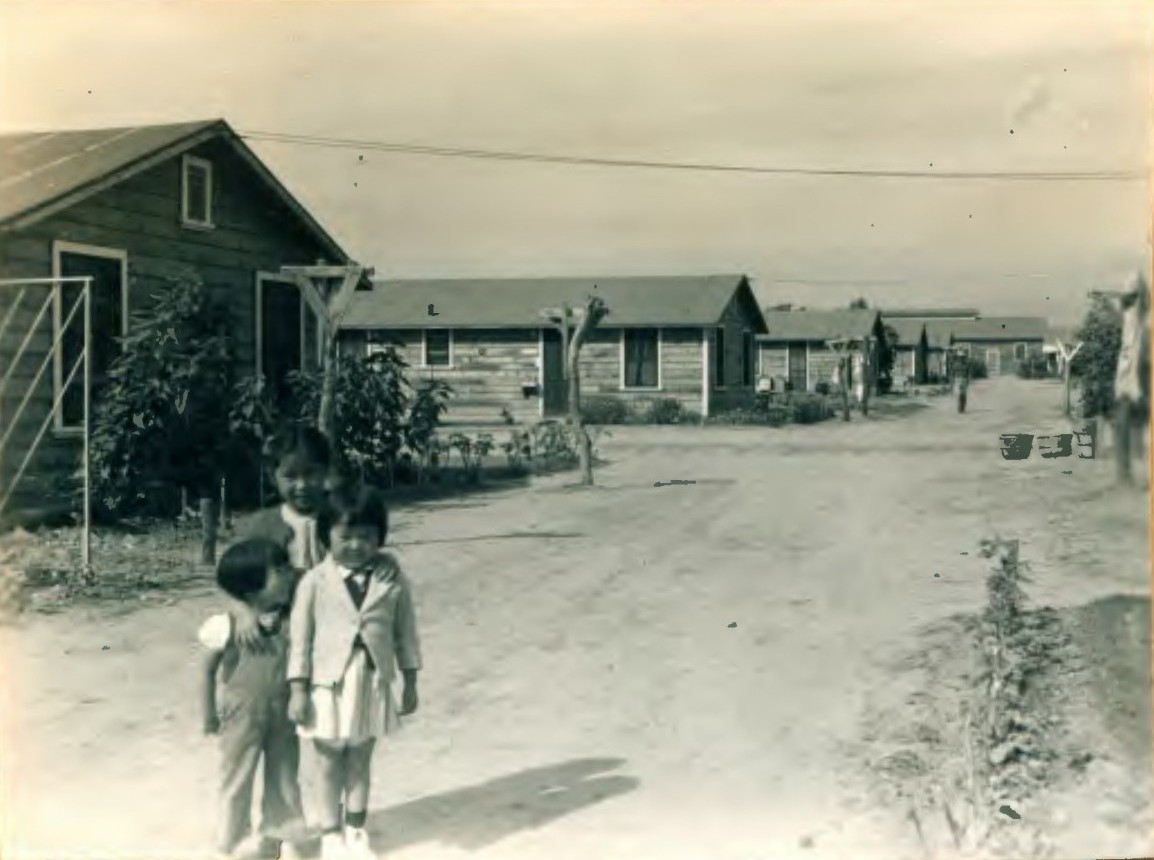Located in South Texas, just 50 miles from the US-Mexico border, Crystal City was an internment camp for “enemy aliens” and their families, operated by the Immigration and Naturalization Service from 1942 to 1948. It was known as the “family internment camp” and held a peak population of some 4,000 prisoners, including many Japanese Latin Americans who had been deported to the United States, as well as German and Italian nationals and their families.
Featured Collections
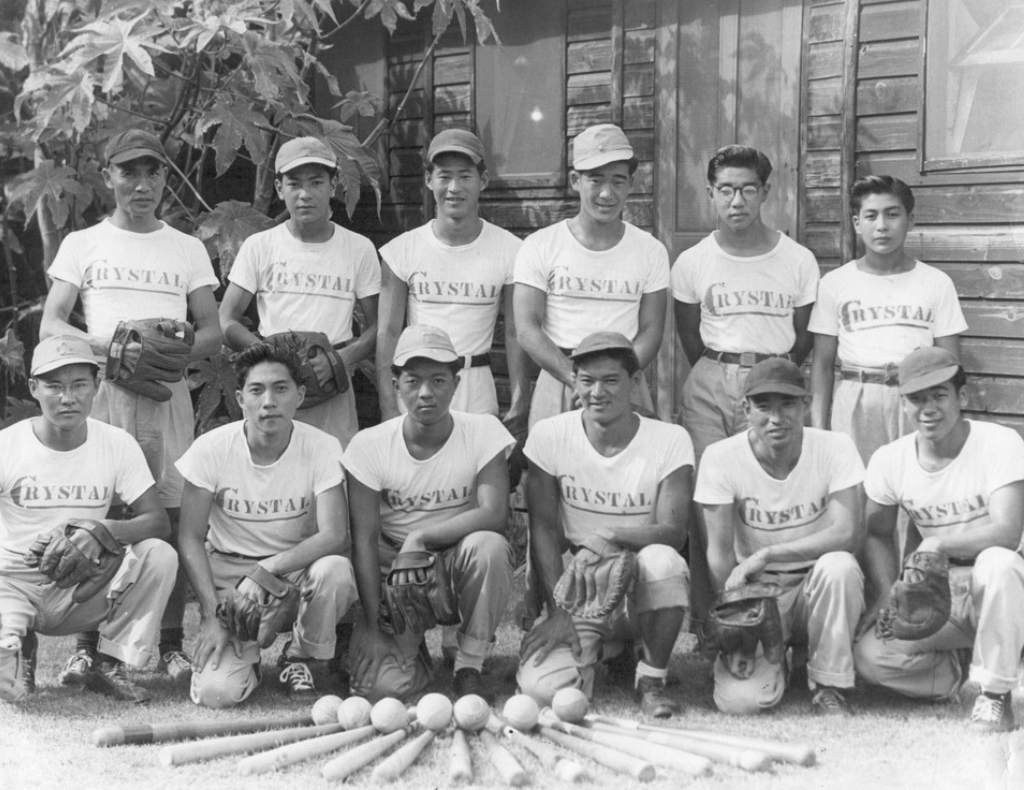
A. Shibayama Collection
This collection consists of photographs from the personal family collection of Art Shibayama, a Japanese Peruvian who was incarcerated at the Crystal City internment camp. The photos depict Art's life in prewar Peru, his activities in Crystal City, and his military service in Europe.
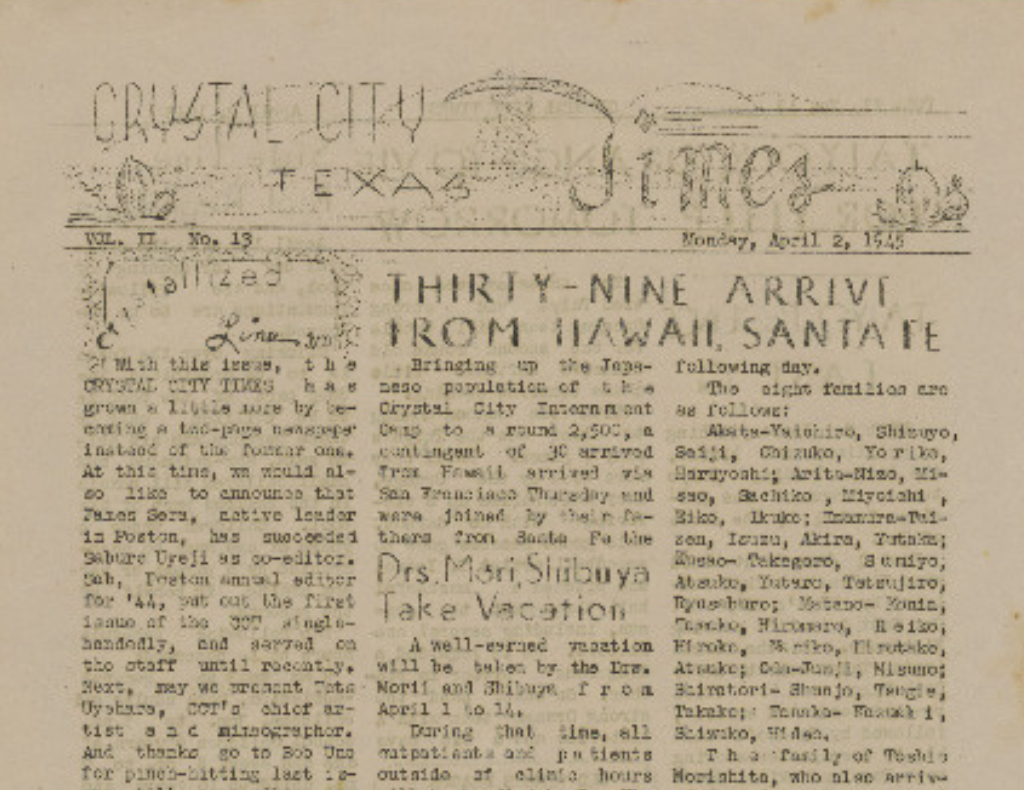
Crystal City Times and Los Andes Newspapers
This small collection consists of issues of two camp newspapers published in Crystal City: the Crystal City Times in English, and Los Andes in Spanish.
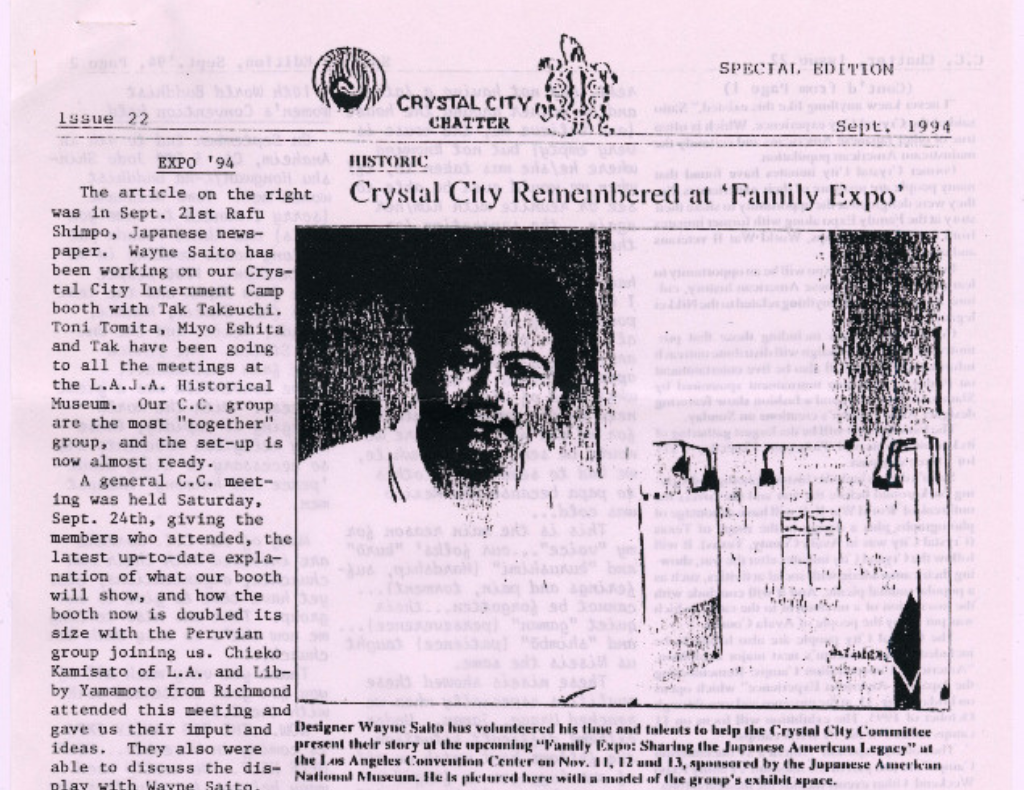
Satomi (Koga) Ishida Collection
The Satomi (Koga) Ishida Collection contains materials related to the Crystal City Association and Satomi's time at Crystal City concentration camp, including newsletters keeping Crystal City Association members updated on reunions, redress, and more.
Oral Histories
First impressions of Crystal City: "I feel like I'm going to a prison" - Joe Yasutake
Joe Yasutake grew up in Seattle and attended fifth and sixth grades while incarcerated at Puyallup Assembly Center, Minidoka concentration camp, and the "family internment camp" in Crystal City, Texas. In this clip, he remembers leaving Minidoka and arriving at Crystal City.
Being Labeled "Illegal" by the U.S. Government - Elsa Kudo
Elsa Kudo was born in Canete, Peru. During World War II, she and her family were deported from Peru and taken by ship to the Crystal City internment camp, Texas. Years later, she was shocked to learn that they had been labeled "illegal entry" despite being brought in by the U.S. government.
Reunited with father in Crystal City - Mako Nakagawa
Mako Nakagawa’s father was arrested shortly after Pearl Harbor and detained separately from the rest of the family. When they were finally reunited at the Crystal City, Texas internment camp, she no longer recognized her own father.
Encyclopedia Entries
Crystal City
Crystal City operated from 1942 until 1948, holding as many as 4,000 internees, many of whom had been deported from Latin America to the United States.
Japanese Latin Americans
During World War II, the United States imprisoned thousands of Japanese, Germans, and Italians deported from Latin America to internment camps operated by the Immigration and Naturalization Service (INS).
Blog Posts
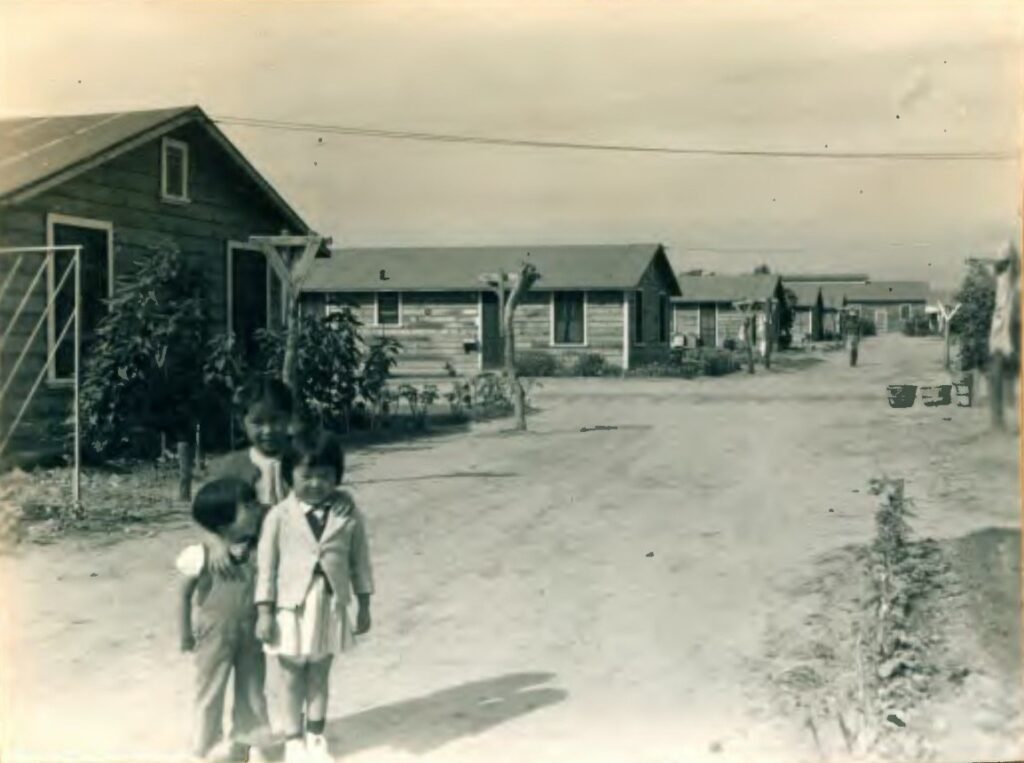
10 Little-Known Facts about the Crystal City Family Internment Camp
The Crystal City Family Internment Camp was unique for many reasons, notably as one of the few WWII detention centers that held persons of Japanese, German, and Italian ancestry at the same time during the war.
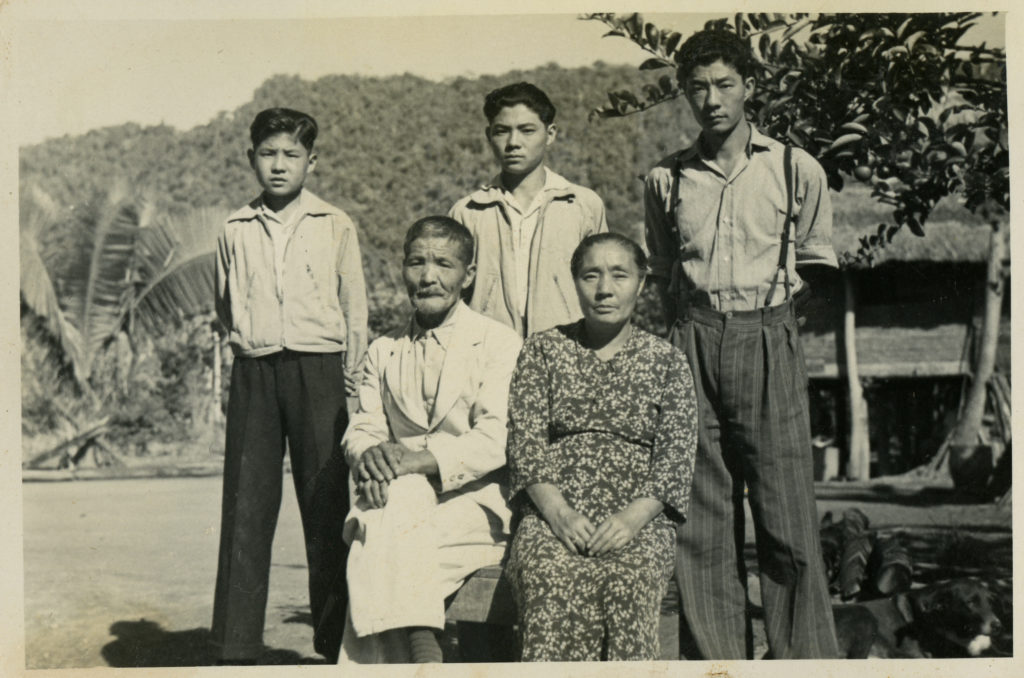
Photo Essay: Japanese Peruvian Lives Before World War II
These photos depicting one Japanese Peruvian family from about 1930-1950 offer a fascinating glimpse at their lives in Peru before and immediately after the wartime forced removal.
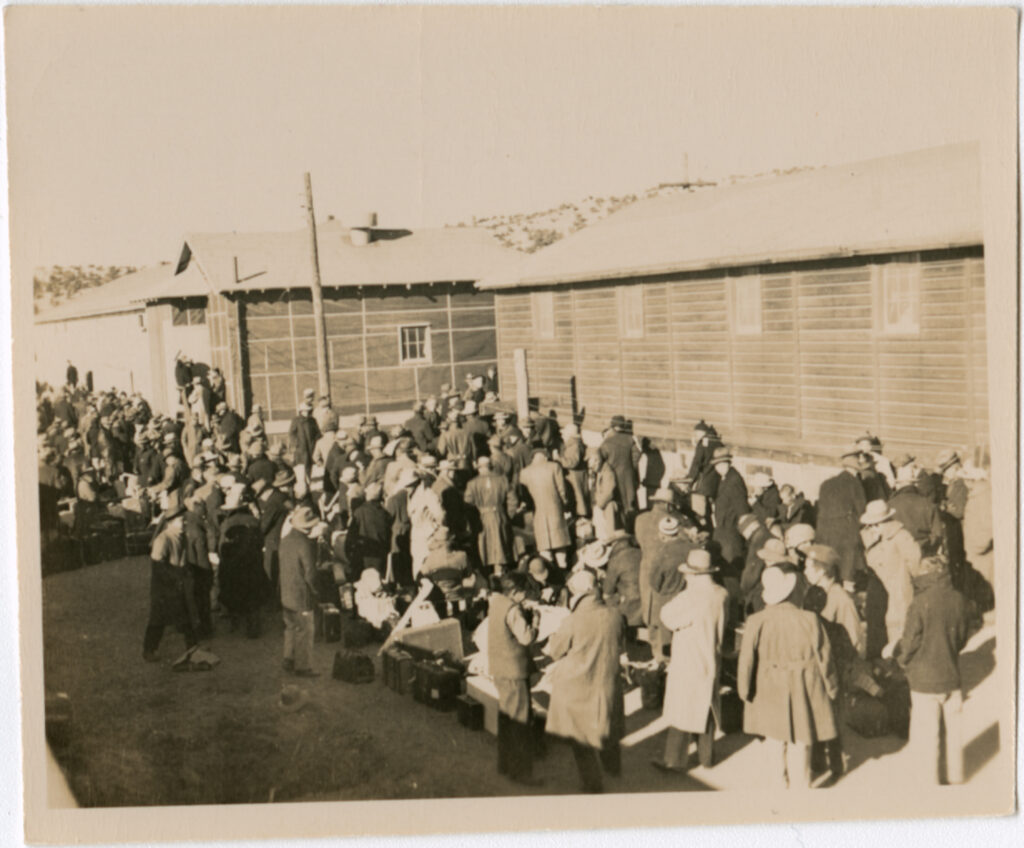
This Is What Detention Under the Alien Enemies Act Looked Like in World War II
A brief outline of what took place and what many Issei leaders experienced when the Alien Enemies Act of 1798 was invoked during World War II.
Books and Films
The Crystal City Story: One Family's Experience with the World War II Japanese Internment Camps
Self-published memoir by Tomo Izumi about her family's internment in the Crystal City, Texas internment camp and her life before and after the war in a small plantation town on the Big Island of Hawai`i.
Crystal City Pilgrimage
Film by Alan Kondo on the first pilgrimage commemorating the largest U.S. Department of Justice multinational family concentration camp during World War II.
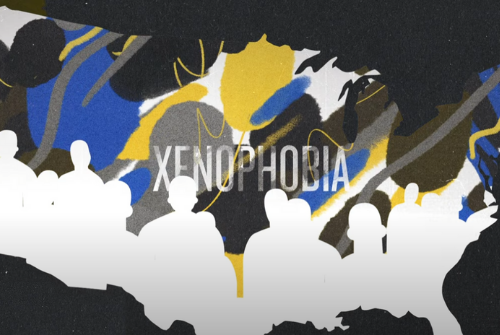
Educational Material Understanding Tule Lake: A Brief History
Xenophobia and racism have been a part of our country since its beginning: from Native American genocide to slavery to Japanese American incarceration. This brief history of xenophobia and racism shows how these darker parts of American history are interconnected, and challenges viewers to write new narratives as we work together to confront our past and build a more just and equitable future.
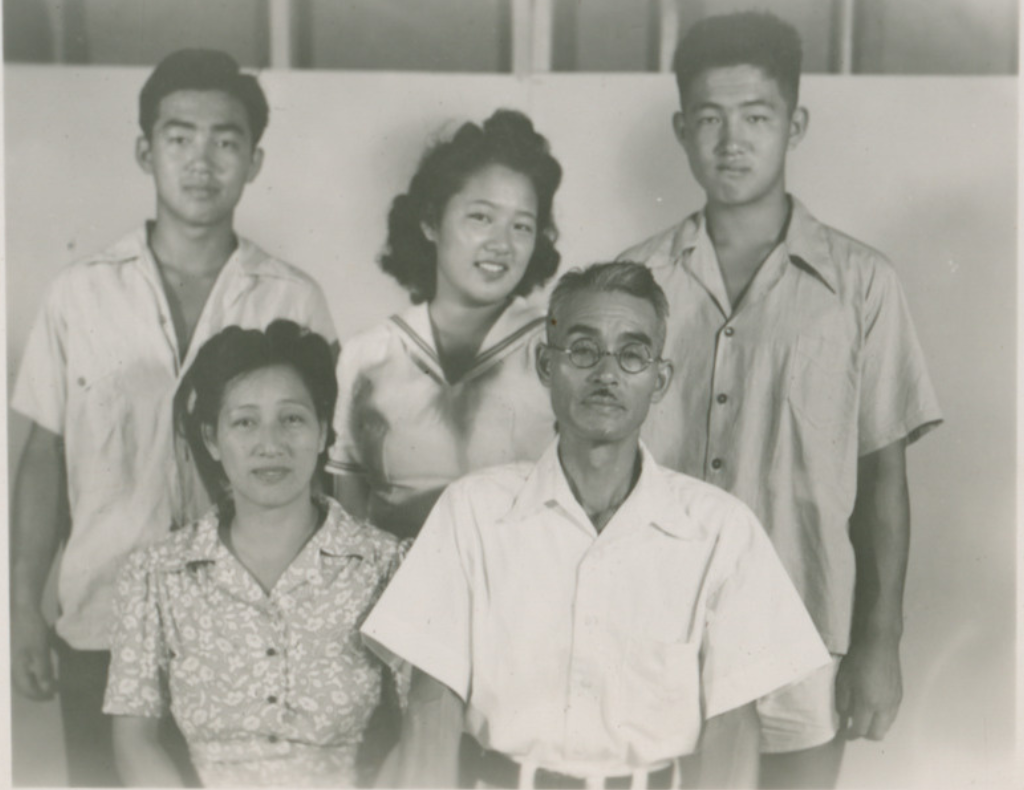
Exploring Your Family History
Over the past two decades Densho’s extensive online resources have become increasingly useful as a tool for Japanese American families to explore their heritage. The Densho Family History Program’s mission is to help members of the Japanese American community connect with their history through education, training, access to genealogical tools, and preservation of historical materials.
Acknowledgement
Funding made possible by The Henri and Tomoye Takahashi Charitable Foundation.
